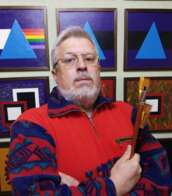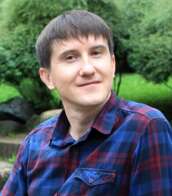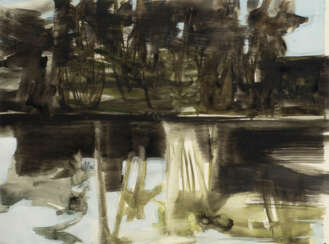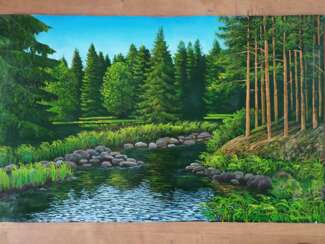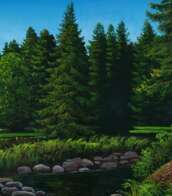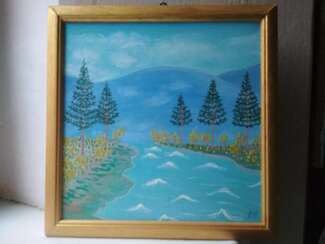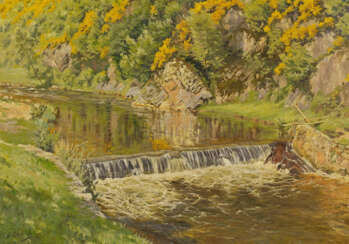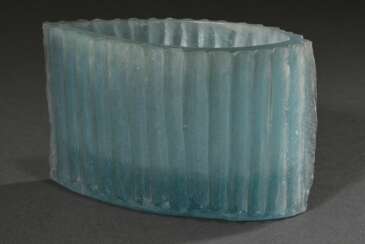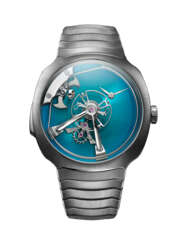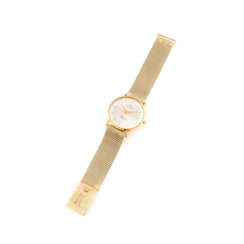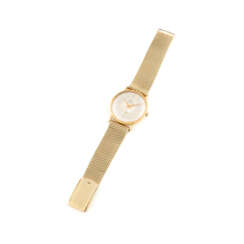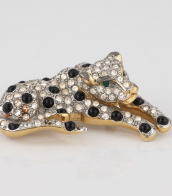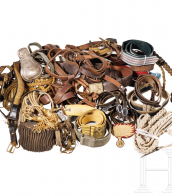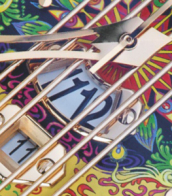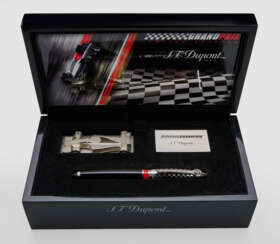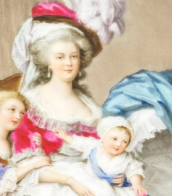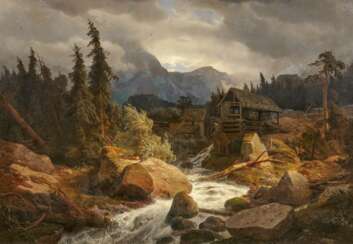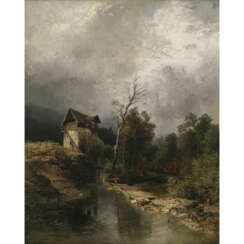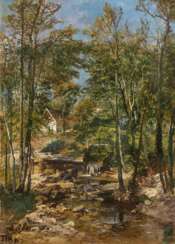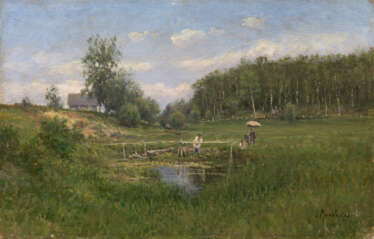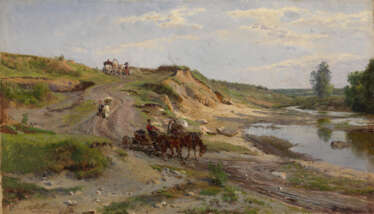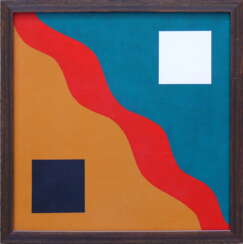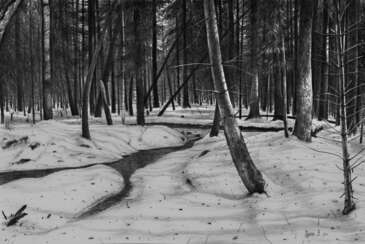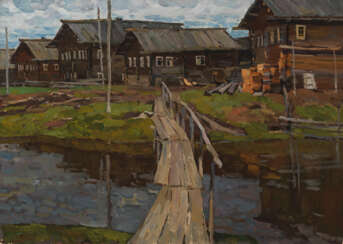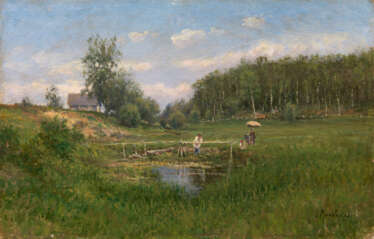stream
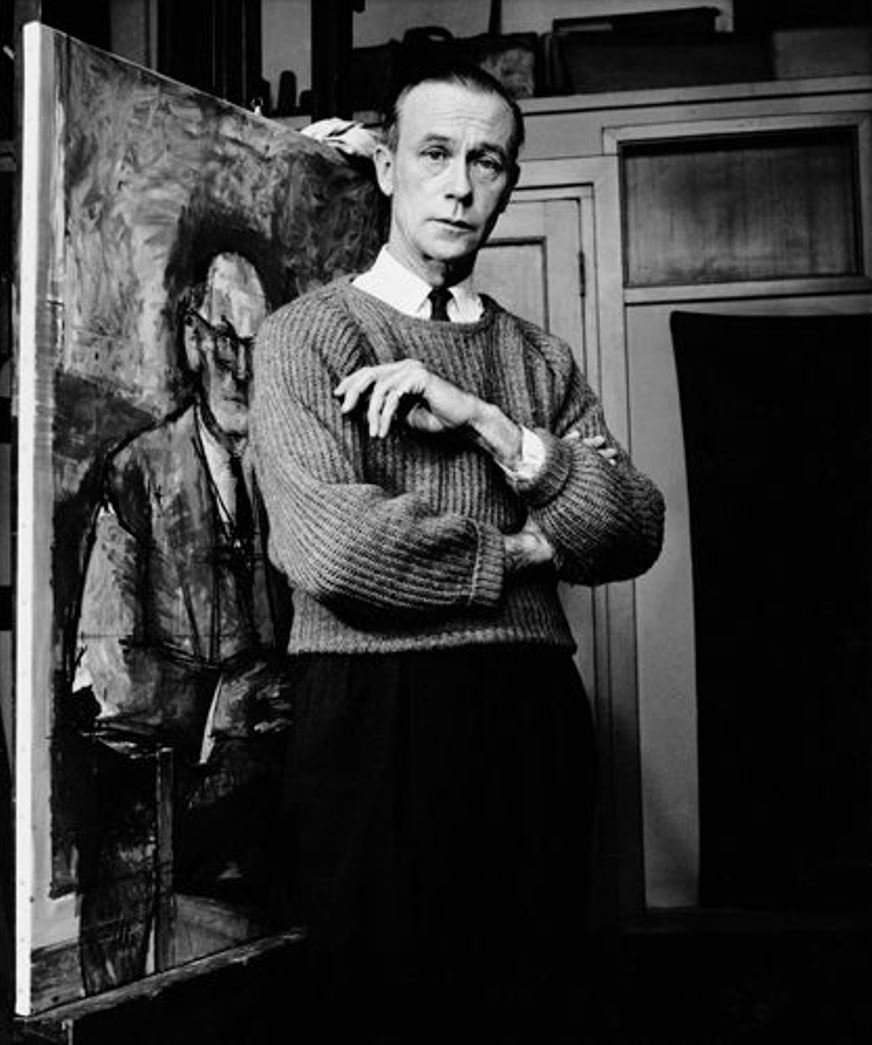
Sir William Menzies Coldstream (CBE) was an English realist painter and teacher. His type of realism was based on careful measurement by the following method: standing in front of the subject being depicted and holding the brush vertically at arm's length. Coldstream painted still lifes, landscapes, portraits, and nudes of women.
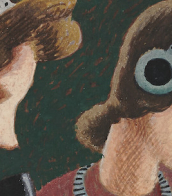
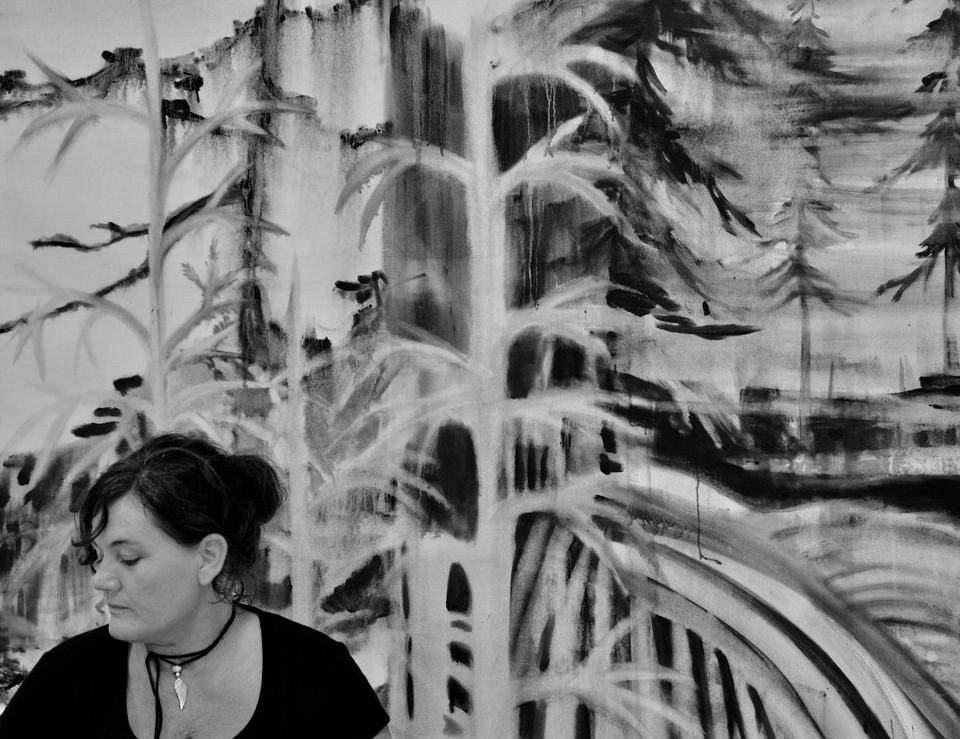
Andrea C. Hoffer is a German artist who lives and works in Düsseldorf and Tobago, West India.
She studied costume and scenography at the Dusseldorf Academy of Art and painting with Professor A. R. Penck. Hoffner's work focuses on the surrounding Indian landscape in a psychedelic representation and kaleidoscope of colors. She uses egg tempura.





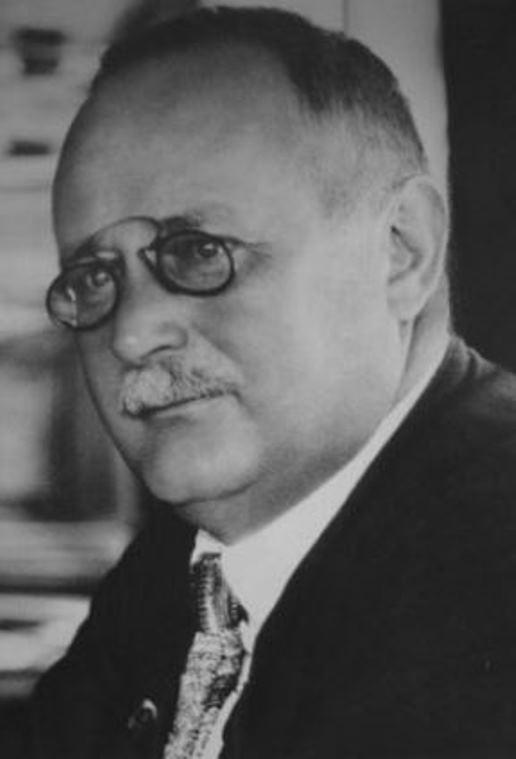
Curt Liebich was a German painter, graphic artist and sculptor.
After initial training in Dresden, Liebich moved to the Academic High School of Fine Arts in Berlin. He then studied at the Grand Ducal-Saxon Art School in Weimar and in 1896 he settled in Gutach. His painting was mainly concerned with rural and village life. As an illustrator, he designed vignettes and covers for books and magazines as well as advertising graphics.
In 1923, Liebich was awarded the title of honorary citizen of Gutach. In 2005, the Hasemann-Liebich Art Museum opened in Gutach with works by the two Black Forest artists.

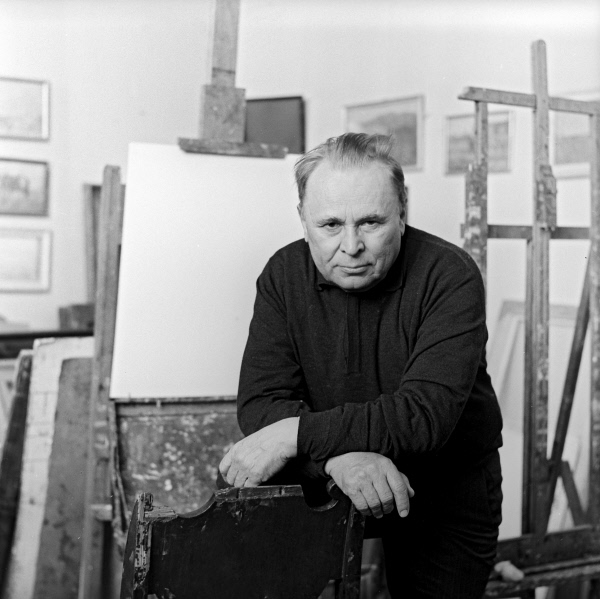
Nikolai Mikhailovich Romadin (Russian: Николай Михайлович Ромадин) was a distinguished Soviet realist painter, celebrated for his profound contributions to landscape painting. Born in 1903 in Samara, Russia, Romadin's artistic journey commenced at the Samara Art College, followed by advanced studies at the Higher Art and Technical Workshops in Moscow under R.R. Falk. A prolific artist from a young age, Romadin's oeuvre spans more than 200 book illustrations, including notable works like Ray Bradbury's "R is for Rocket" and "The Magic Ring" by Andrei Platonov. His distinctive style, which blends realism with elements of surrealism, earned him acclaim and a unique place in art history.
Romadin's personal experiences and travels profoundly influenced his art, with visits to Egypt, Greece, the Netherlands, Italy, and Spain, enriching his perspective and thematic repertoire. Despite his international experiences, Romadin was deeply rooted in his homeland, often expressing nostalgia for Russia. This emotional depth is evident in his landscapes, where the Russian natural world is depicted with a poignant sense of beauty and transcendence.
His legacy is enshrined in the collections of prestigious museums globally, including The State Tretyakov Gallery in Moscow, The State Russian Museum in St. Petersburg, and the Uffizi Gallery in Florence, Italy. Romadin's works have also been celebrated in over 300 solo exhibitions worldwide, underlining his status as a master of Soviet realistic landscape.
For art collectors and enthusiasts, the enduring appeal of Nikolai Mikhailovich Romadin's work lies in its exquisite portrayal of nature and its capacity to evoke profound emotional responses. To stay updated on sales and auction events related to Romadin's art, sign up for updates and immerse yourself in the legacy of this unparalleled artist.
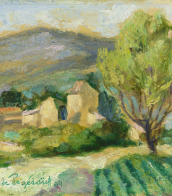


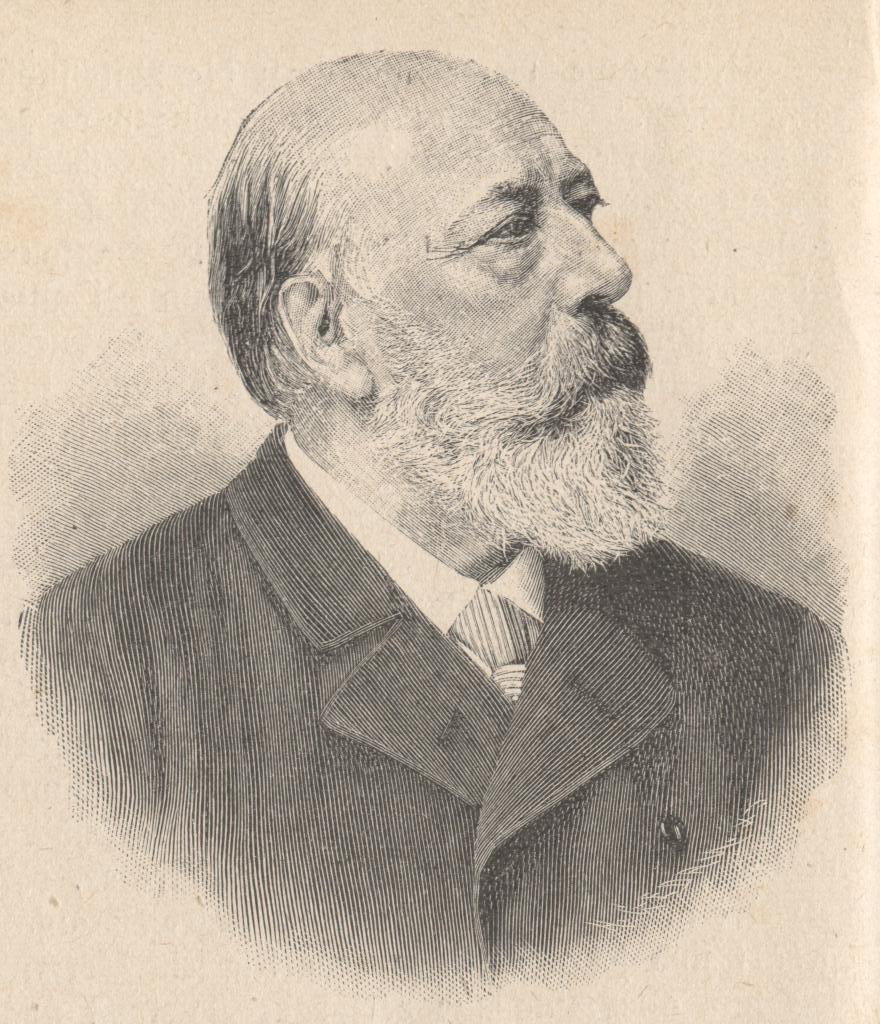
Andreas Achenbach was a German landscape and seascape painter in the Romantic style. He is considered to be one of the founders of the Düsseldorf School.[citation needed] His brother, Oswald, was also a well known landscape painter. Together, based on their initials, they were known as the "Alpha and Omega" of landscape painters.

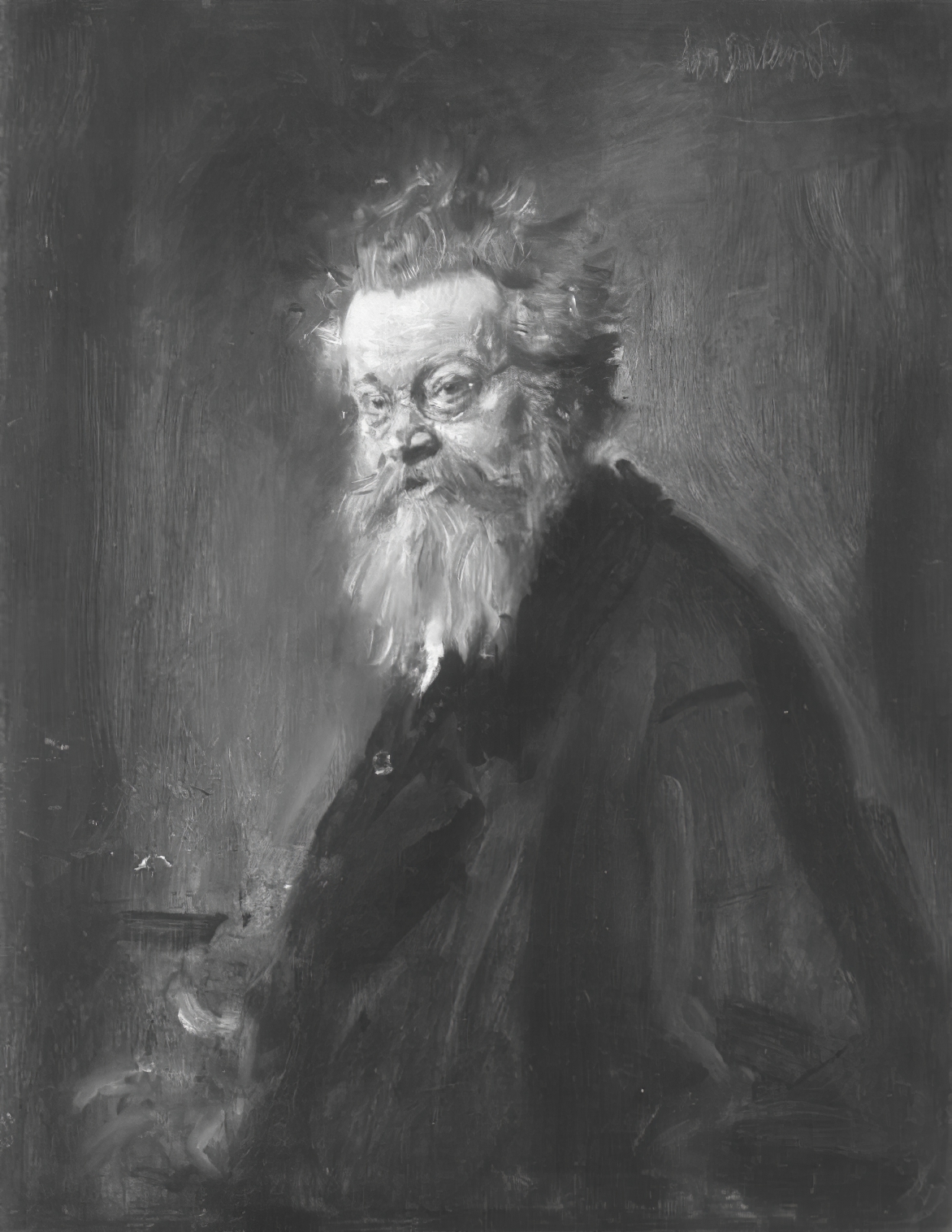
Joseph Wenglein was a German painter who is often referred to as one of the last significant landscape painters of the 19th century Munich school.
Parallel to his law studies Joseph Wenglein studied at the Academy of Fine Arts in Munich. He then switched entirely to art and became a pupil of the landscape painter Johann Gottfried Steffan. On his recommendation, Wenglein sometime later became a pupil of the painter Adolf Heinrich Lier, whose colouristic tendencies, calculated to express profound moods, particularly appealed to him.
Josef Wenglein knew how to reproduce the change of daylight, especially in spring and autumn, with a fine sense of the slightest atmospheric fluctuations and to vary the grey pleasant tone of the Bavarian plateau in all its nuances masterfully.
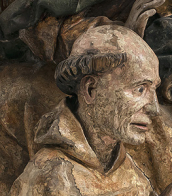
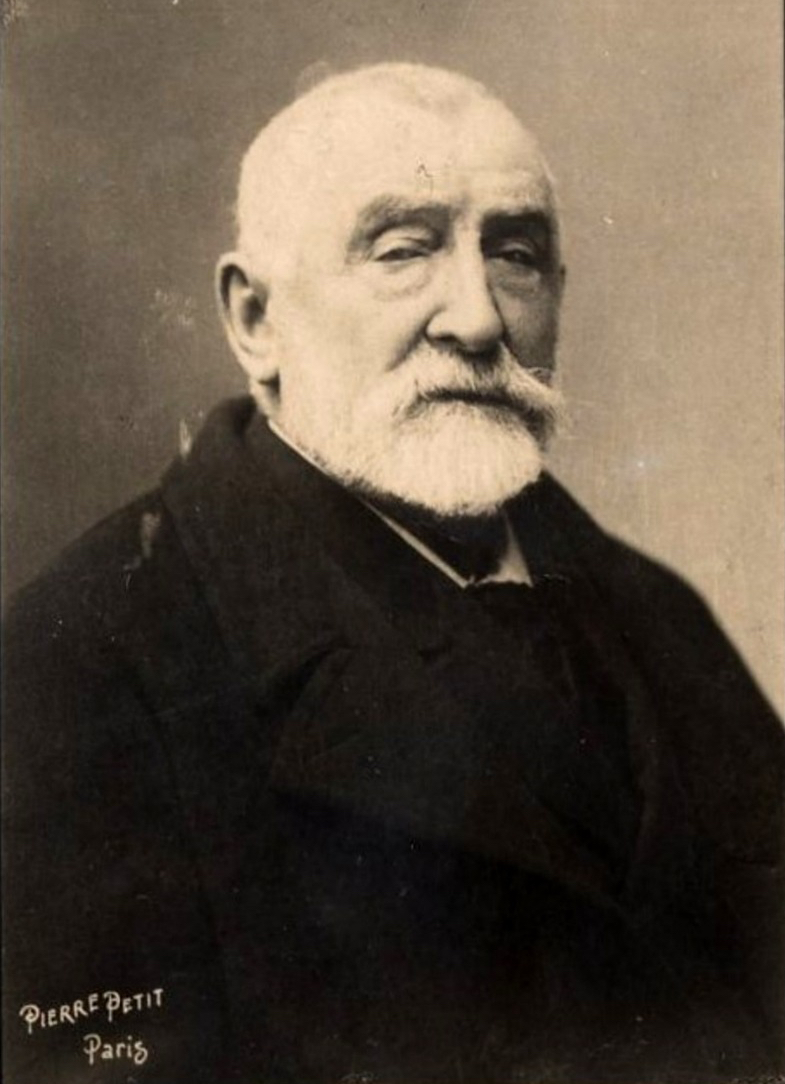
Henri Joseph Harpignies was a French landscape painter of the Barbizon school.


Joseph Wenglein was a German painter who is often referred to as one of the last significant landscape painters of the 19th century Munich school.
Parallel to his law studies Joseph Wenglein studied at the Academy of Fine Arts in Munich. He then switched entirely to art and became a pupil of the landscape painter Johann Gottfried Steffan. On his recommendation, Wenglein sometime later became a pupil of the painter Adolf Heinrich Lier, whose colouristic tendencies, calculated to express profound moods, particularly appealed to him.
Josef Wenglein knew how to reproduce the change of daylight, especially in spring and autumn, with a fine sense of the slightest atmospheric fluctuations and to vary the grey pleasant tone of the Bavarian plateau in all its nuances masterfully.

